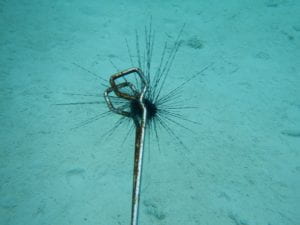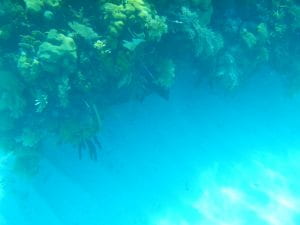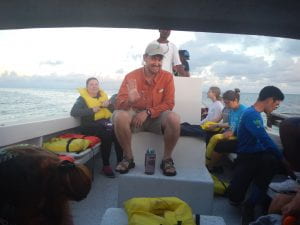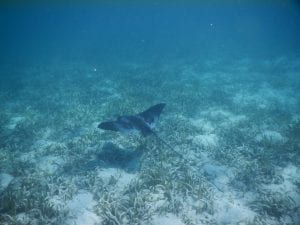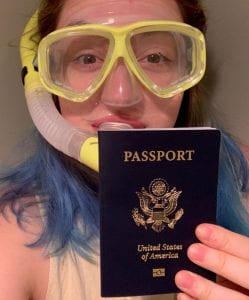
My snorkel gear has been bought, the rain boots packed, and now I have a blog… it looks like I’m ready to go. Tuesday, May 14th, I’m going to be heading out to study ecology in the rainforests and coral reefs of Belize. More specifically, our group will be spending the first week at Las Cuevas research station in the Chiquibul Forest before moving to Glover’s Reef Atoll for the second week. This is an experience which I hope will help me decide whether I’d enjoy field research in ecology after graduation.
My two previous experiences in the tropics consist of a family cruise I went on in high school in which we were whisked between touristy beaches and all you can eat buffets, and a mission trip I went on to urbanized Honduras in which I spent the week knocking cockroaches off my suitcase and desperately trying to avoid ingesting tap water while in the shower. Neither of these experiences lend me much relevant knowledge for our research, however, the former did provide me with at least a background in using a snorkel and fins.
In preparation for this trip I have read A Natural History of Belize: Inside the Maya Forest by Samuel Bridgewater, a book that gives a broad overview of the history, geology, and biology of the area of rainforest we are studying. If nothing else, the book has provided me with enough fun facts about exotic plants and animals to last a lifetime. I also have read up a bit about types of corals and the threats they face due to storms and human activity. I am going to be focusing on amphibians in the rainforest and crustaceans when we go to the reef, and so have prepared cards to help me identify them. I’ve come to the conclusion that there are a seemingly endless variety of frogs and toads that I could see, well 22, but that’s still a whole lot of frogs. Do a rain dance for me so they all come out, because I would love to see a Mexican Burrowing Toad.
A couple weeks ago we practiced our snorkeling skills in the Rec center pool (I’m sure much to the delight of those who wanted to take a swim) and went to the Houston Zoo as a group to get a visual for the kinds of snakes to expect, especially the ones that are venomous. Not usually one to feel uneasy in the woods, the idea of a lancehead bite has certainly given me much to think about since then.
In addition to not wanting to be medevaced out of Belize, another source of uneasiness in my preparations is about the rigor of the schedule. Though I am one to appreciate nature and am excited for this adventure, I’ve been informed us that the days tend to be quite full and so I’m a little worried about not getting enough sleep. But, at the same time, it’s only 2 weeks, so even if it is exhausting I can tell myself that every morning when I am forced to rise before my prefered noon wakeup.
I am so very excited to get to go to Belize (and miraculously get credit hours while doing it!). Of the hundreds of things I am excited for, I am actually most excited to hear the noises of the Chiquibul at night, because at least according to what I’ve read, this is when you can hear the monkeys, frogs, and insects off in the distance, a chorus foreign to me, as I have only slept outside in east coast deciduous forests populated by few species of animal and many loud hikers.

